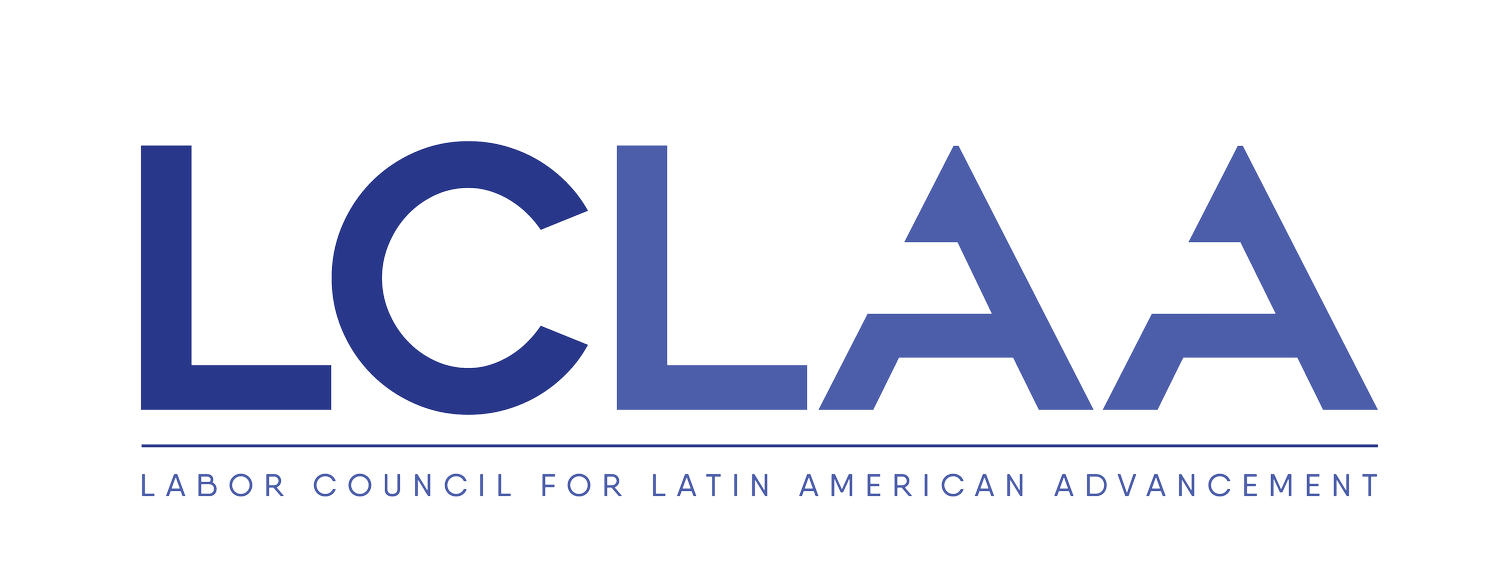Lclaa applauds Epa’s historic move to slash toxic emissions and protect communities
March 18, 2024
WASHINGTON - Today marks a significant victory for public health and environmental justice as the U.S. Environmental Protection Agency (EPA) unveils its final rule to dramatically reduce toxic ethylene oxide (EtO) emissions. The Labor Council for Latin American Advancement (LCLAA) commends this decisive action, which will mitigate cancer risks for communities living near commercial sterilization facilities nationwide.
This rule, the strongest in U.S. history targeting EtO emissions, underscores President Biden's unwavering commitment to the Cancer Moonshot initiative and advancing environmental justice. By implementing rigorous pollution controls, commercial sterilizers are expected to cut emissions by over 90%, significantly safeguarding the health of vulnerable populations, including children and overburdened communities.
"While we applaud the EPA's dedication to prioritizing public health and environmental justice through this landmark rule," said Karla Pineda, Deputy Director of LCLAA. “We also want to ensure that the EPA issues strong standards when drafting measures for workers who use Etos who are at the most significant risk.”
Reducing toxic ethylene oxide emissions is crucial to ensuring safer, healthier communities, particularly for those disproportionately impacted by pollution. This initiative aligns with our mission to advocate for the well-being of workers and fenceline communities, and we commend the administration's commitment to environmental protection and public health."
The EPA's comprehensive approach, informed by the latest data and extensive community input, sets a new standard for regulatory action. By establishing stringent emissions standards, implementing continuous monitoring, and prioritizing compliance with minimal disruption to medical supply chains, this rule exemplifies responsible governance to safeguard public health and economic stability.
LCLAA supports the EPA's ongoing efforts to strengthen industry regulations and advance scientific research. Together, we move closer to a future where all communities can thrive in healthy, sustainable environments.
